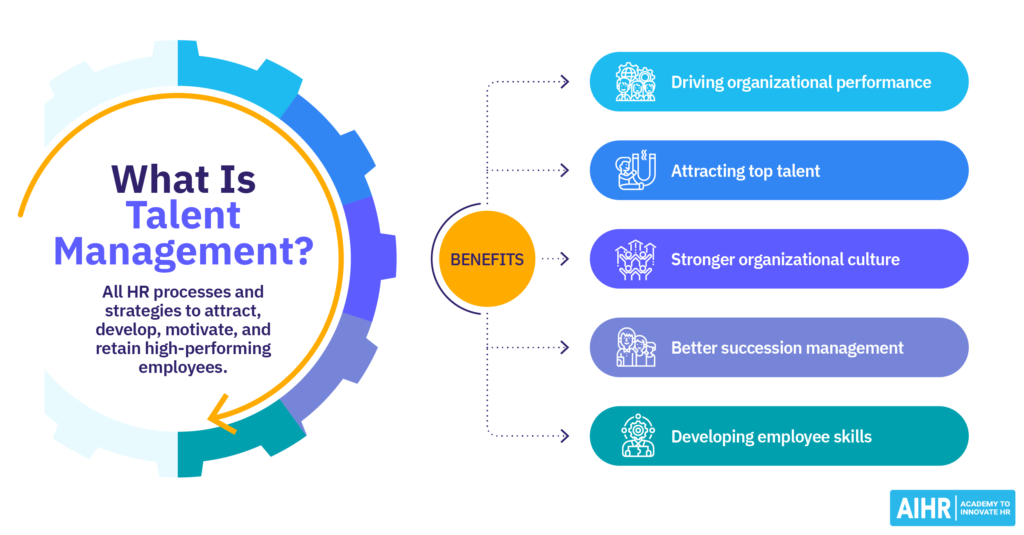In today’s environmentally conscious landscape, corporate sustainability is no longer a peripheral concern; it’s a strategic imperative. Consumers and investors both are increasingly demanding eco-friendly practices from the brands they support. But how do you translate good intentions into tangible action? How do you bridge the gap between “we should be sustainable” and “we are a sustainable company”?
This blog will be a guide for businesses of all sizes, outlining actionable steps to implement corporate sustainability. Let’s move from talk to action and embark on the journey towards a more sustainable future.
1. Define Your Sustainability Goals
The first step is to establish a clear vision for your corporate sustainability journey. This involves setting measurable goals that align with your company’s values and industry best practices.
- Conduct a Materiality Assessment: Identify the environmental and social issues that are most material to your business. This helps you focus on areas where your company can have the greatest impact.
- Set SMART Goals: Ensure you set smart goals that are specific, measurable, achievable, relevant, and time-bound. This provides a clear roadmap for progress measurement and keeps you accountable.
- Consider the SDGs: The UN Sustainable Development Goals (SDGs) have created a comprehensive framework for addressing global sustainability challenges. Aligning your goals with relevant SDGs demonstrates your commitment to broader societal progress.
2. Assess Your Current Carbon Footprint
Before charting a course for improvement in corporate sustainability, you need to understand your starting point. Conduct a comprehensive audit to assess your company’s environmental and social footprint. This includes analyzing:
- Resource consumption: Track your use of energy, water, and raw materials and identify the potential opportunities for efficiency improvements.
- Waste generation: Evaluate the types and volumes of waste your business produces. Explore waste reduction strategies and responsible waste management practices.
- Supply chain sustainability: Conduct an assessment of your suppliers’ environmental and social practices. Prioritize working with suppliers who share your commitment to sustainability.
3. Develop a Sustainability Strategy
With a clear understanding of your goals and current footprint, you can develop a comprehensive corporate sustainability strategy. This roadmap should outline specific initiatives that will help you achieve your goals.
- Energy Efficiency: Reduce your energy consumption through operational changes, energy-efficient equipment upgrades, and investment in renewable energy sources.
- Circular Economy Principles: Embrace the circular economy model, focusing on reducing waste, extending product lifespans, and looking for opportunities to reuse or recycle materials.
- Sustainable Procurement: Prioritize sourcing materials from responsible suppliers who share your commitment to sustainability. Look for certifications like Forest Stewardship Council (FSC) for wood products or Fairtrade for ethically sourced goods.
4. Implement and Monitor Your Initiatives
Once you have a corporate sustainability strategy in place, the real work begins.
- Resource Allocation: Allocate necessary resources, both financial and human, to support your sustainability initiatives. Invest in training programs for employees and consider hiring dedicated sustainability personnel if needed.
- Track and Measure Progress: Establish key performance indicators (KPIs) to monitor progress towards your goals. Regularly track and document your sustainability performance.
5. Transparency and Communication
Open communication is crucial for corporate sustainability. Here are some ways to promote transparency:
- Sustainability Reports: Publish regular sustainability reports outlining your goals, progress, and challenges. Be transparent about your environmental and social impact.
- Stakeholder Engagement: Engage with stakeholders, including employees, customers, investors, and the community, to share your sustainability journey. Be open to feedback and incorporate stakeholder perspectives into your strategy.
Choose Corporate Sustainability for a Greener Future
The path towards corporate sustainability requires continuous learning, adaptation, and a commitment to progress. By following these practical steps and partnering with a reputable energy brand, you can transform your good intentions into tangible action. Embrace transparency, engage your stakeholders, and celebrate your achievements along the way. Remember, a sustainable future is not just possible; it’s essential. Take the first step today and embark on your journey towards a more responsible and resilient future for your business and the planet.




